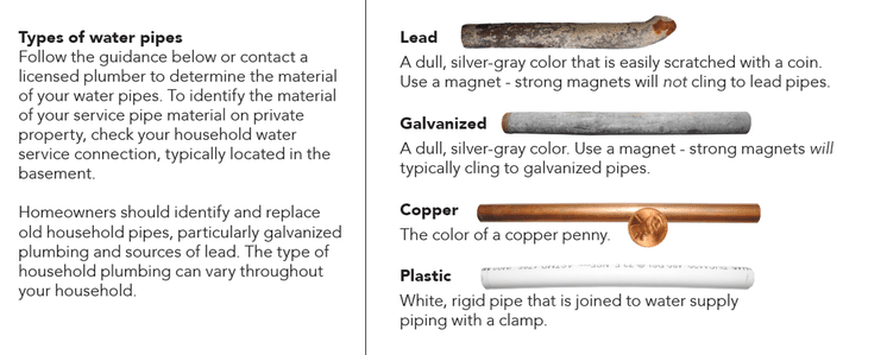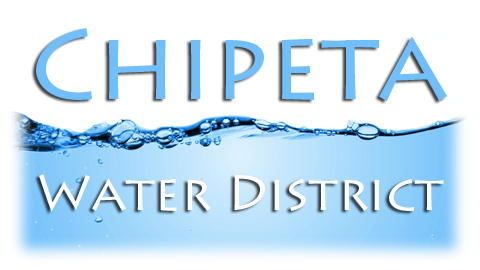Lead Service Line Self-Reporting
EPA first established the Lead and Copper Rule in 1991 to reduce exposure to lead and copper in water. These contaminants primarily enter drinking water through corrosion of service lines, fixtures, or plumbing. EPA has revised this rule multiple times since 1991 and published Lead and Copper Rule Revisions (LCRR) on January 15, 2021. The LCRR became effective on December 16, 2021.
EPA states that the LCRR was published to “provide greater and more effective protection of public health by reducing exposure to lead and copper in drinking water. The rule will better identify high levels of lead, improve the reliability of lead tap sampling results, strengthen corrosion control treatment requirements, expand consumer awareness and improve risk communication.”
This section summarizes new communication and outreach requirements under the LCRR, including:
- Lead Service Line Inventories
- Annual Lead Service Line Notification Requirements
- Lead Service Line Replacement Plan
- Trigger Levels, Sampling, Action Level Exceedances, Water Disturbances
- Public Health Effects Language
- Outreach to State and Local Health Agencies
- Updated Information in Consumer Confidence Reports
- Testing at Schools and Child Care Facilities
Self-Identification of Lead Pipes
Your private water service line could be made of different materials depending on the age of your plumbing fixtures: lead, galvanized steel, copper, or plastic.

Please complete the Self-Identification Form below. Select the material that the private portion of your service line is made of and, if possible, upload a picture of your meter setting that we can use to help identify the pipe material.
If you have any questions, please give us a call at (970) 249-8871
